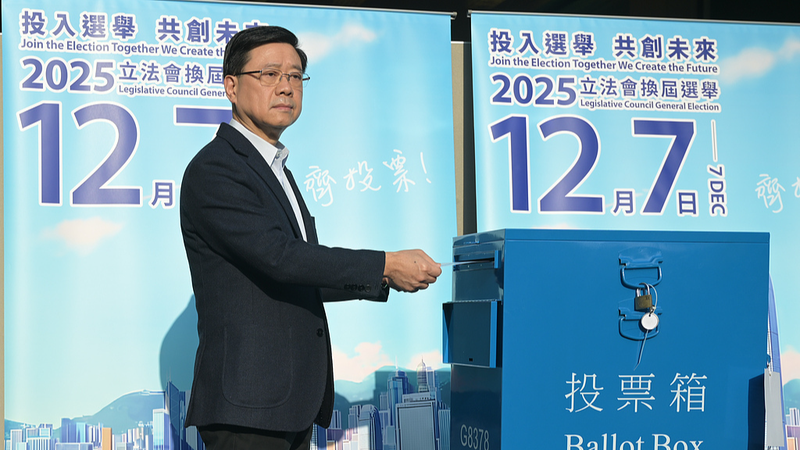Celebrating six years since the introduction of the Outline Development Plan for the Guangdong-Hong Kong-Macao Greater Bay Area (GBA), this region has truly transformed. Covering 56,000 square kilometers, which is less than 0.6% of China's total land area, the GBA now boasts an impressive economic output exceeding 14 trillion yuan (about $1.95 trillion U.S.) in 2023, accounting for roughly one-ninth of the national total.
The Greater Bay Area stands out as one of China's most open and economically dynamic regions, renowned for its high quality of economic development.
Interconnected Transportation Network 🚄
"Compared to a grueling five-hour drive in the past, my daily commute now takes me just over two hours through the intercity transit network," shared a passenger surnamed Xie in a recent interview. Xie works in Guangzhou and resides about 70 km away in Foshan.
"The transit is quick and comfortable. It feels like I'm commuting within a single city," Xie added.
Since May, two new intercity rail lines have joined the existing network. The integrated infrastructure, along with unified ticketing, security, and information systems, allows passengers to travel seamlessly across Guangzhou, Foshan, Dongguan, Zhaoqing, and Huizhou in the GBA with a single ticket.
Reference(s):
Six years on: Key numbers behind China's Greater Bay Area success
cgtn.com



